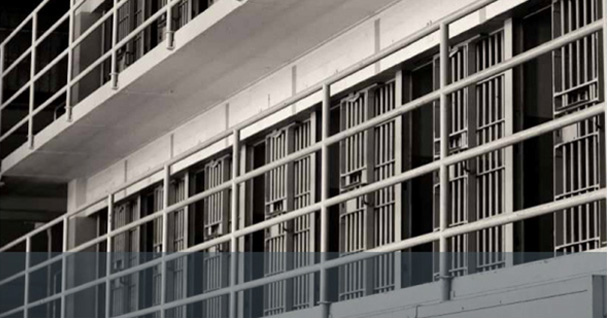Financing Promising Evidence-Based Programs
Early Lessons from the New York City Social Impact Bond

A Social Impact Bond (SIB) relies on initial financing from private investors to produce outcomes governments value. This report describes the first operational SIB in the United States and the program financed by it, the Adolescent Behavioral Learning Experience (ABLE). ABLE aims to equip adolescents ages 16 to 18 incarcerated in the New York City jail system with the social and emotional skills to help them make better life choices when they leave jail, yielding financial savings to city government by reducing readmissions to Rikers Island. During their time on Rikers adolescents participate in Moral Reconation Therapy, a cognitive behavioral program designed to help offenders reevaluate their choices and enhance their decision-making abilities. Those who leave Rikers before completing the program have the opportunity to resume participation afterward when they return to their communities.
Bloomberg Philanthropies and the Urban Investment Group of Goldman Sachs Bank USA are providing the funding for ABLE: Goldman Sachs provided a loan to pay the cost of operating the program, and Bloomberg Philanthropies guaranteed part of the loan amount in the event the program is not successful. If the program is successful and meets its benchmarks, the resulting reductions in future incarceration days should save the City of New York money, and the city will use a part of those savings to pay back the investment. If the program fails to meet the required benchmarks, the city will not achieve any savings and will not pay back the investment. MDRC serves as the intermediary managing the deal, and is responsible for designing the intervention, negotiating and coordinating the financial terms, and overseeing the operations of the ABLE program. The Osborne Association and Friends of Island Academy are the service providers delivering the program in Rikers Island jail.
The New York City SIB is the first public-private partnership following a Social Impact Bond model to involve a large financial institution. It is also the largest implementation of a Moral Reconation Therapy program to date. This report attempts to illustrate the merits and challenges of each, and touches on some important lessons that have emerged from these early stages:
- A committed government partner is especially important to a SIB arrangement.
- Investors will have more confidence in a SIB if small differences in program performance do not cause sharp distinctions between gaining a return on investment and experiencing a loss. They will also have more confidence in SIBs that incorporate early performance indicators, and in those whose transaction costs are lower.
- Holding repayment until clear evidence that savings are in fact being achieved increases the government partner’s confidence in the effectiveness of the program.
- Spreading out repayment to align with the value produced by the program increases the government partner’s ability to pay.







